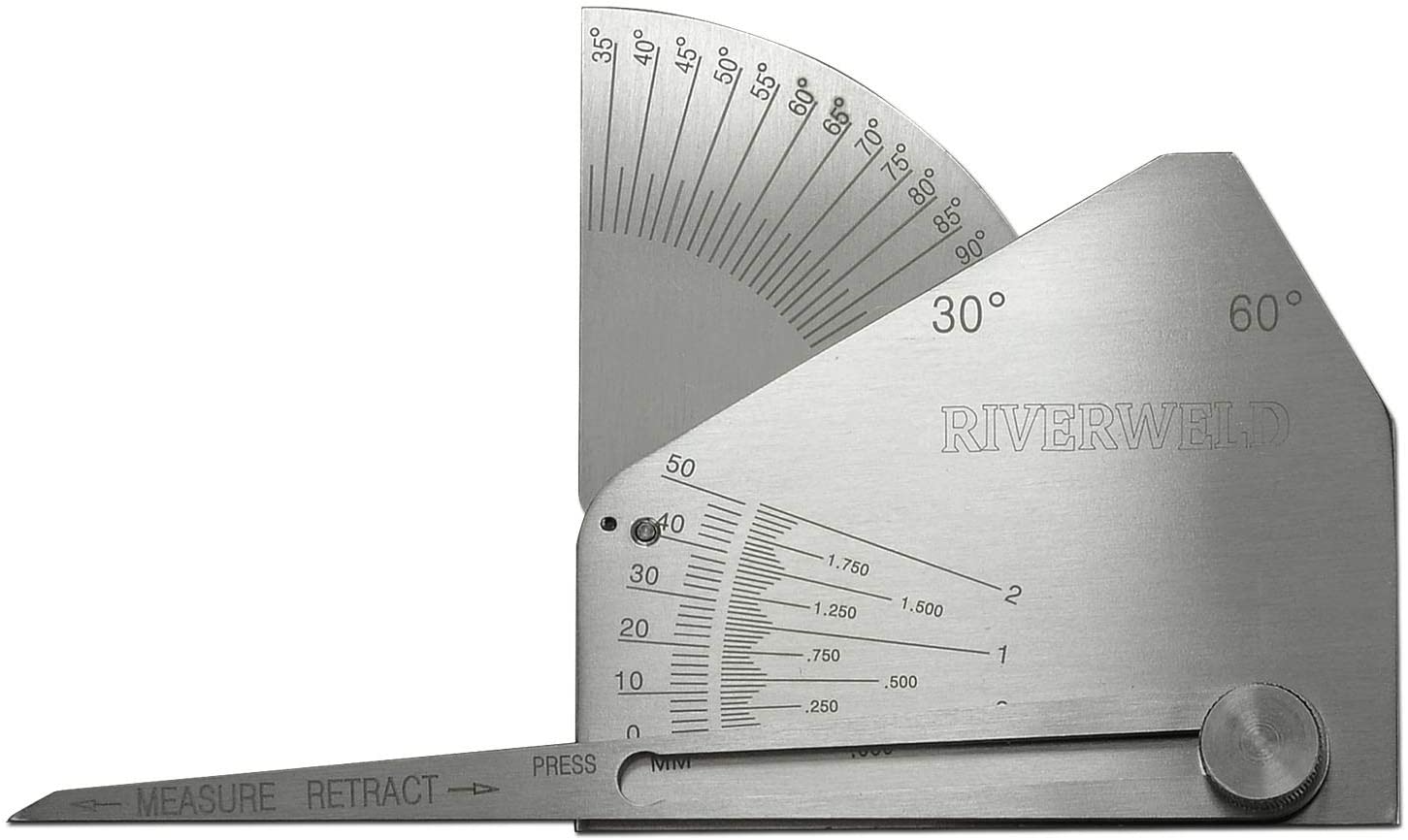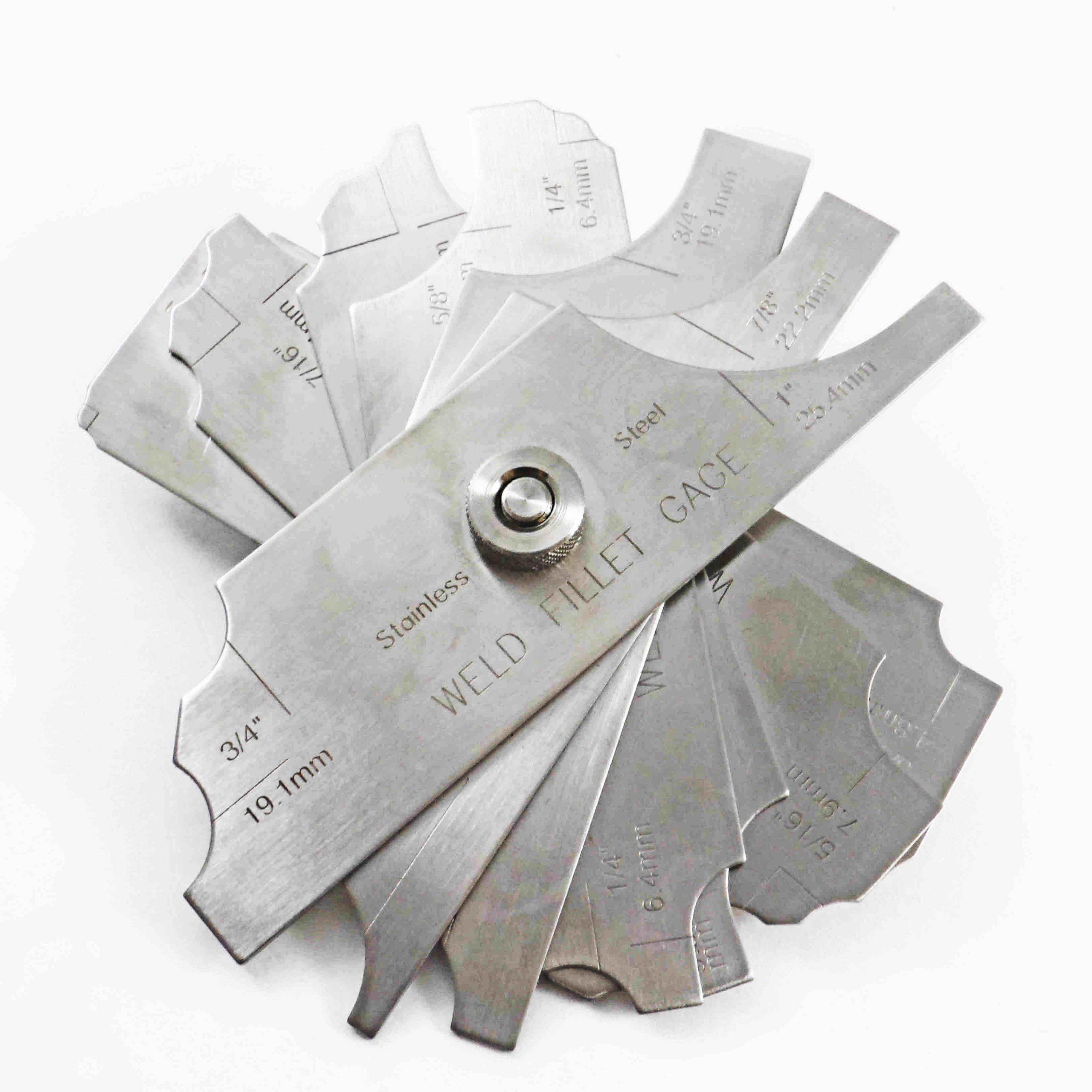Improving Your Welding Skills: Concentrate On Gauge Fillet Welds
Improving Your Welding Skills: Concentrate On Gauge Fillet Welds
Blog Article
Fillet Weld Design Strategies: Maximizing Joint Efficiency and Aesthetic Appeal for Structural Stability
In the realm of structural design and construction, the importance of fillet weld design approaches can not be overemphasized. By carefully considering factors such as weld account optimization, material selection, joint prep work techniques, welding procedure effectiveness, and visual improvement designers, methods and makers can accomplish an unified balance in between functionality and look in their welded frameworks.
Weld Account Optimization


Achieving an optimal weld profile includes a meticulous factor to consider of elements such as material thickness, joint setup, welding placement, and wanted welding speed. Additionally, the option of proper welding specifications, such as voltage, current, and take a trip speed, is fundamental in regulating the shape and measurements of the fillet weld. Using advanced welding strategies, such as pulse welding or robotic welding, can further fine-tune the weld profile to fulfill particular design demands and quality criteria.
Basically, weld account optimization is a fundamental facet of fillet weld design that straight influences the total performance and integrity of welded joints in architectural applications.
Material Choice Factors To Consider
When thinking about product choice for fillet weld layout, the compatibility of the base metals is an essential element affecting the structural stability of the joint. It is necessary to pick materials that not just bonded together successfully but likewise have similar mechanical buildings to guarantee the lots is equally distributed between the base and the weld metals. Welding materials with greatly various residential or commercial properties can cause concerns such as stress concentrations, early joint failing, or fracturing.
Additionally, the atmosphere in which the bonded framework will certainly run must be considered when choosing products. Elements like corrosion resistance, temperature variations, and exposure to chemicals can all affect the durability and efficiency of the weld joint. By picking products that are ideal for the intended application and environment, the overall sturdiness and dependability of the bonded joint can be substantially boosted.
Consequently, thorough consideration of product compatibility and ecological elements is critical in making certain the weld joint's stamina, durability, and total architectural stability.

Joint Preparation Strategies
Thinking about the critical function material option plays in guaranteeing the architectural integrity of fillet weld joints, it is important to execute exact joint prep work techniques that enhance the link between the base metals. Joint prep work is an essential step that straight affects the quality and stamina of the weld. One basic technique is the cleaning of base metals to get rid of any kind of contaminants like rust, oil, or paint that might endanger the weld's integrity. This can be achieved with techniques such as grinding, cord cleaning, or chemical cleaning.
Moreover, correct fit-up of the joint is important to make certain consistent circulation of the welding product and protect against issues like insufficient infiltration or extreme accumulation. Beveling the edges of the base metals can create a groove that enables much deeper weld infiltration and a more powerful bond. Furthermore, tack welding the elements in position before the final weld assists maintain positioning and decreases distortion throughout the welding procedure. By diligently complying with these joint prep work strategies, welders can boost the general performance and aesthetic appeals of fillet weld joints while making certain structural strength.
Welding Refine Efficiency
Effective welding procedures are essential for accomplishing optimum productivity and high quality in fillet weld manufacture. Procedures like gas metal arc welding (GMAW) and flux-cored arc welding (FCAW) are typically used for fillet welds due to their convenience and speed.
Regular calibration of welding devices, examination of consumables, and maintenance of welding lanterns can protect against downtime and revamp, inevitably conserving time and resources. Well-trained welders are more adept at adjusting criteria, repairing problems, and preserving consistent weld quality.
Aesthetic Improvement Techniques
To enhance the quality of fillet weld manufacture, applying visual improvement techniques can play an important role in making certain precision and precision during the welding process. Aesthetic enhancement methods include various strategies targeted at boosting the appearance and quality of fillet welds. One typical method is making use of back purging systems to remove oxidation on the backside of the weld, causing a cleaner, extra cosmetically pleasing finish. In addition, employing appropriate lighting plans in the welding location can enhance presence, allowing welders to keep an eye on the weld pool and make sure regular grain formation. Aesthetic aids such as weld size determines and magnifying lenses can help in analyzing weld profiles and measurements properly. The use of contrasting marking products or short-lived tacking can help in lining up and placing the work surfaces precisely before welding. By integrating these visual improvement approaches right into the welding process, welders can accomplish not just structurally audio fillet look at here now welds yet also visually attractive results that satisfy sector criteria.

Verdict
In final thought, maximizing fillet weld design includes mindful consideration of weld account, product selection, joint preparation, welding procedure efficiency, and visual improvement approaches. By implementing these methods, architectural integrity can be enhanced while likewise attaining aesthetic appeal. It is very important to focus on both performance and aesthetic appeals in fillet weld layout to ensure the overall high quality and longevity of the joint.
By meticulously thinking about aspects such as weld account optimization, product option, joint prep work techniques, welding process efficiency, and visual enhancement designers, techniques and makers can attain a harmonious balance between functionality and appearance in their welded structures.In the world of fillet weld layout, maximizing the weld account plays an essential duty in making certain architectural honesty and efficiency. The weblink weld profile, which includes the size and form of the weld cross-section, straight affects the distribution of tension and load-bearing capacity within the joint. It is essential to pick products that not only weld with each other successfully however also have comparable mechanical buildings to make sure the tons is evenly dispersed in between the weld and the base metals - Gauge Fillet Weld.In verdict, enhancing fillet weld design entails mindful consideration of weld account, product option, joint preparation, welding procedure efficiency, Recommended Site and visual enhancement techniques
Report this page